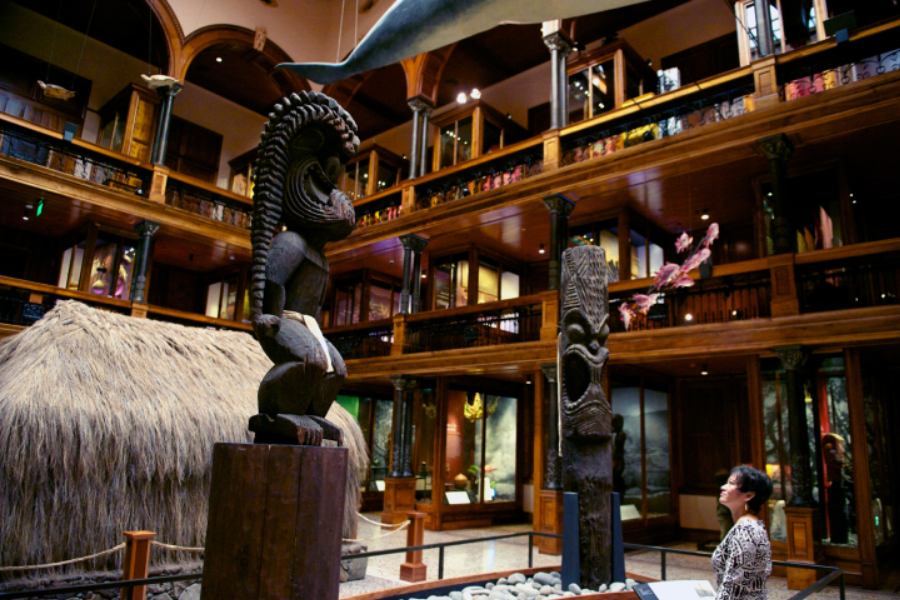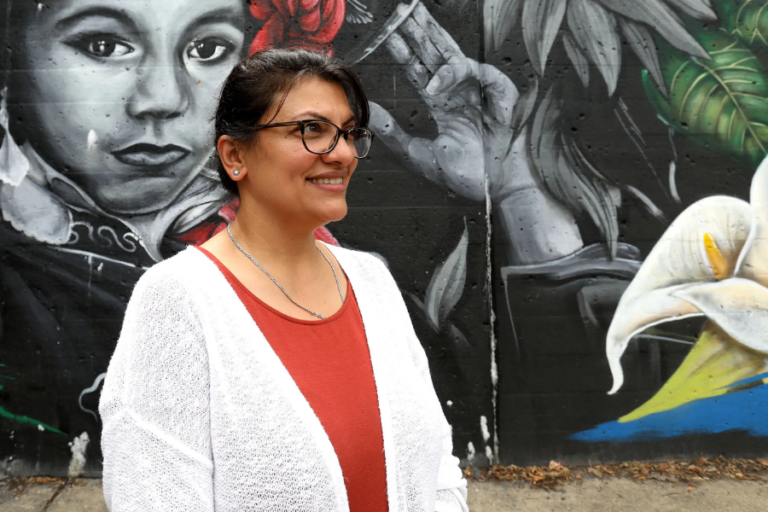Exploring the Mystique of Halauin Stauettes Inquestion: An In-Depth Exploration
The world is filled with stories, artifacts, and traditions that continue to captivate and intrigue people across the globe. One such mystery lies within the concept of “Halauin Stauettes Inquestion,” an enigmatic group of artifacts that have long sparked fascination. These small yet significant figurines have roots in various cultural, spiritual, and artistic traditions, with each one offering a unique glimpse into the beliefs, customs, and historical narratives of the civilizations from which they emerged. In this article, we will explore the origins, cultural significance, and ongoing inquiries surrounding Halauin Stauettes Inquestion, providing a comprehensive look at their place in human history.
What Are Halauin Stauettes Inquestion?
Halauin Stauettes Inquestion are small figurines, statues, or idols that have been crafted with care, often to represent various deities, spirits, or symbolic figures. These pieces can vary greatly in their design, material, and intended purpose. For instance, while some may be created to honor gods or ancestors, others might serve as tokens for protection, fertility, or guidance. Made from a wide array of materials such as wood, clay, precious metals, and even stones, the artistry of Halauin Stauettes Inquestion often showcases a blend of intricate craftsmanship and deep spiritual symbolism.
A Rich Historical Context
The origins of Halauin Stauettes Inquestion span a variety of ancient cultures and civilizations. These artifacts can be found across different parts of the world, including Africa, the Americas, Asia, and Europe, each contributing to the broader narrative of human history. Many of these statuettes have been discovered at archaeological sites, suggesting that they were not merely decorative objects, but integral to the spiritual and religious practices of their respective societies.
For example, in ancient Egypt, small statuettes were used as offerings to the gods, providing a connection between the physical and spiritual realms. Similarly, the indigenous peoples of the Americas crafted figurines as representations of spirits or ancestors, serving as a means to invite blessings or protection. These examples are only the tip of the iceberg, as the diversity of Halauin Stauettes Inquestion and their uses span across countless cultures and time periods.
The Spiritual Role of Halauin Stauettes Inquestion
While the physical form of Halauin Stauettes Inquestion is undoubtedly important, their true significance often lies in their spiritual role. For many cultures, these small figurines were seen as conduits to the divine, offering a tangible representation of spiritual beliefs and practices. Whether it was through ancestor worship, fertility rituals, or the invocation of protective spirits, these statuettes played a vital role in maintaining the relationship between humans and the supernatural.
In many indigenous cultures, for instance, Halauin Stauettes Inquestion were used in ceremonies designed to honor the deceased or invoke the blessings of deities. The figure would often serve as an intermediary between the human and spiritual worlds, holding the power to communicate with higher forces. In this way, the statuettes were not simply objects of art—they were living embodiments of faith and tradition, capable of influencing the course of life.
Artistic Expression and Craftsmanship
The creation of Halauin Stauettes Inquestion was not just an act of spiritual devotion—it was also an important form of artistic expression. Skilled artisans meticulously crafted these figurines, often using intricate patterns, colors, and materials to convey specific meanings. The craftsmanship required to create these pieces was passed down through generations, with techniques often kept secret or only shared within certain social or religious groups.
These statuettes were not mass-produced, and each one carried with it the personal touch and vision of its creator. Whether they were carved from wood, molded from clay, or cast in metal, each piece was unique. The artistry involved in their creation reflects the cultural importance of the statuettes, as well as the deep connection between the artisans and the traditions they represented.
The Halauin Stauettes Inquestion Inquisition: Uncovering the Mysteries
The term “inquisition” often brings to mind notions of investigation and deep inquiry, and when applied to Halauin Stauettes Inquestion, it opens the door to a fascinating exploration of their true meanings and significance. The ongoing investigation into these artifacts delves into their historical, cultural, and spiritual roles in various societies. Scholars, archaeologists, and cultural historians continue to study these statuettes, seeking to uncover the stories they tell and the mysteries they hold.
This “inquisition” not only involves academic research but also invites cultural dialogues surrounding the preservation, interpretation, and ethical handling of these artifacts. As global interest in indigenous cultures and ancient civilizations grows, the importance of accurately representing and respecting the meanings behind these statuettes has become a critical issue.
Preservation and Cultural Heritage
One of the key aspects of the Halauin Stauettes Inquestion inquisition is the ongoing debate around the preservation of cultural heritage. These artifacts are often at risk of being damaged or lost due to theft, environmental degradation, or the commercialization of cultural artifacts. As a result, many scholars and indigenous groups advocate for better protection and preservation efforts.
Museums, galleries, and cultural institutions around the world play an important role in safeguarding these pieces. By maintaining and displaying Halauin Stauettes Inquestion, these institutions not only preserve the artifacts but also educate the public about the cultural significance of these objects. However, the question remains: how can we balance the need for preservation with the desire for cultural sensitivity and respect for the original context of these statuettes?
Halauin Stauettes Inquestion Across the World: Global Examples
To truly understand the breadth of the Halauin Stauettes Inquestion inquisition, it’s essential to look at examples from various cultures. Here are a few notable instances of statuettes that have captured the imaginations of people around the world:
The Terracotta Warriors (China)
One of the most famous examples of ancient statuettes is the Terracotta Army, a collection of over 8,000 life-sized clay figures buried with China’s first Emperor, Qin Shi Huang. These statuettes were created to protect the emperor in the afterlife and stand as a testament to the advanced craftsmanship of the Qin Dynasty.
Ifugao Rice Gods (Philippines)
The Ifugao people of the Philippines create wooden figurines representing rice gods, believed to ensure a good harvest. These statuettes are central to agricultural rituals and demonstrate the spiritual connection between the people and their environment.
Benin Bronzes (Nigeria)
The Benin Bronzes are a series of intricately cast bronze plaques and sculptures from the Kingdom of Benin. These statuettes depict historical figures and events and are renowned for their detail and cultural importance.
Moche Portrait Vessels (Peru)
The Moche civilization, which thrived in ancient Peru, created ceramic vessels shaped like human faces. These figurines were likely used in ceremonial contexts and provide insight into the culture’s social and religious life.
Dogū Figures (Japan)
Dating back to the Jōmon period, Dogū are small humanoid statuettes made of clay. These mysterious figures may have been used in rituals related to fertility and health, though their exact purpose remains a subject of scholarly debate.
The Ongoing Inquiry into Halauin Stauettes Inquestion
The study and inquiry into Halauin Stauettes Inquestion are far from over. As new discoveries are made and more research is conducted, the mysteries surrounding these artifacts continue to unfold. For modern-day historians, archaeologists, and cultural scholars, the exploration of Halauin Stauettes Inquestion offers a window into ancient traditions and the evolving human experience.
The inquisition into these pieces also raises important questions about the ethics of artifact acquisition, the ownership of cultural heritage, and the role of museums in preserving the stories of indigenous peoples. As we continue to uncover the past, it is crucial to approach these artifacts with respect and understanding, ensuring that their cultural significance is honored.
Challenges in the Study and Preservation of Halauin Stauettes Inquestion
Despite their importance, the study and preservation of Halauin Stauettes Inquestion face several challenges. One of the most pressing issues is the looting and illicit trade of these artifacts. Many statuettes have been stolen from their original cultural contexts and sold on the black market, leading to the loss of valuable historical knowledge.
Additionally, environmental factors such as climate change and pollution threaten the physical integrity of these artifacts. Efforts to protect and preserve Halauin Stauettes Inquestion must address these challenges, ensuring that future generations can appreciate and learn from them.
The Future of Halauin Stauettes Inquestion
As the world continues to change, the future of Halauin Stauettes Inquestion lies in our ability to protect, study, and appreciate these artifacts. By fostering dialogue between scholars, indigenous communities, and cultural institutions, we can ensure that these figurines continue to inspire wonder and respect for generations to come. Through careful preservation and continued inquiry, we can unlock even more secrets about the spiritual and cultural significance of Halauin Stauettes Inquestion, deepening our understanding of the past and our shared human heritage.
Also Read: Exploring Conchun Naranjillo San Martin: A Hidden Treasure in Peru
Conclusion
Halauin Stauettes Inquestion stand as profound symbols of human creativity, spirituality, and cultural expression, offering us a unique lens through which we can explore the ancient beliefs and practices of civilizations across the globe. From their intricate craftsmanship to their deep spiritual significance, these figurines transcend mere artifacts to become living embodiments of faith, tradition, and history. The ongoing inquiry into these statuettes not only sheds light on the ancient past but also raises essential questions about cultural preservation, ethical artifact handling, and the balance between public display and respect for indigenous contexts.
As we continue to uncover the mysteries of Halauin Stauettes Inquestion, the responsibility to protect these treasures grows ever more pressing. Through global collaboration and respect for cultural heritage, we can ensure that these powerful symbols endure, inspiring future generations to appreciate the stories they tell and the spiritual connections they represent. By preserving and studying these remarkable artifacts, we can continue to deepen our understanding of the human experience, one figurine at a time.
Explore the latest news and updates on Fames Radar THANK YOU!






